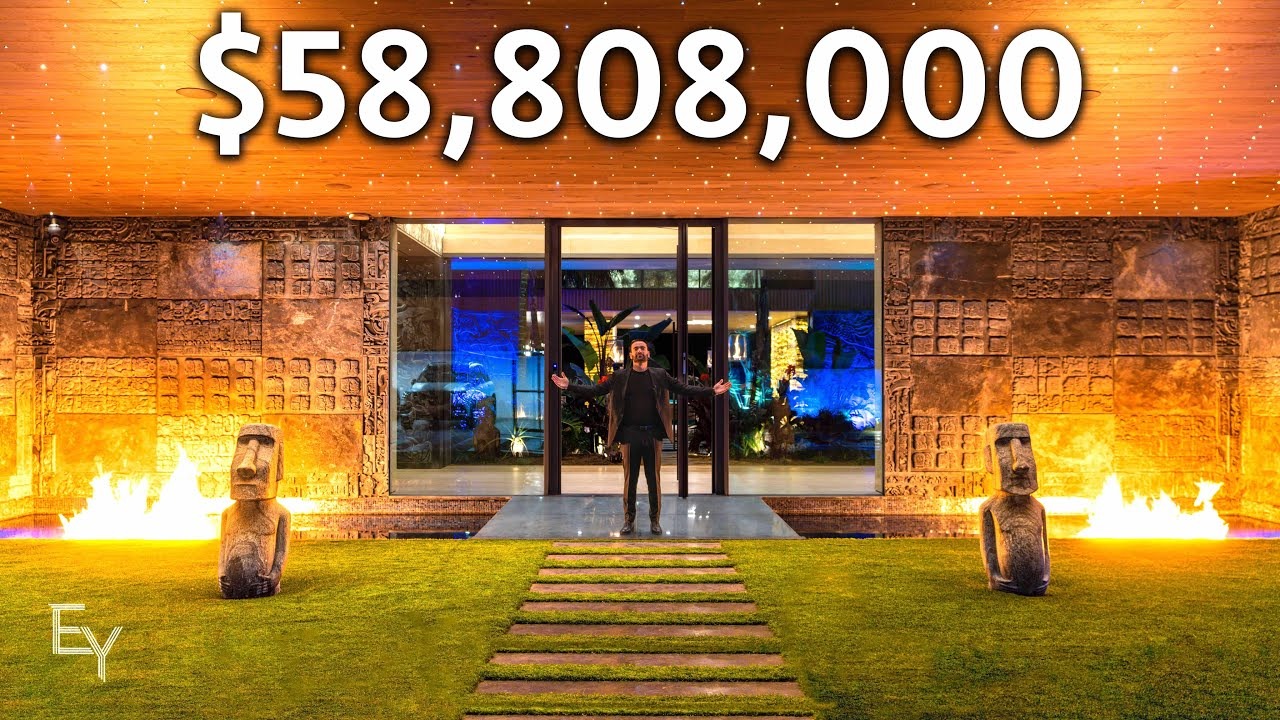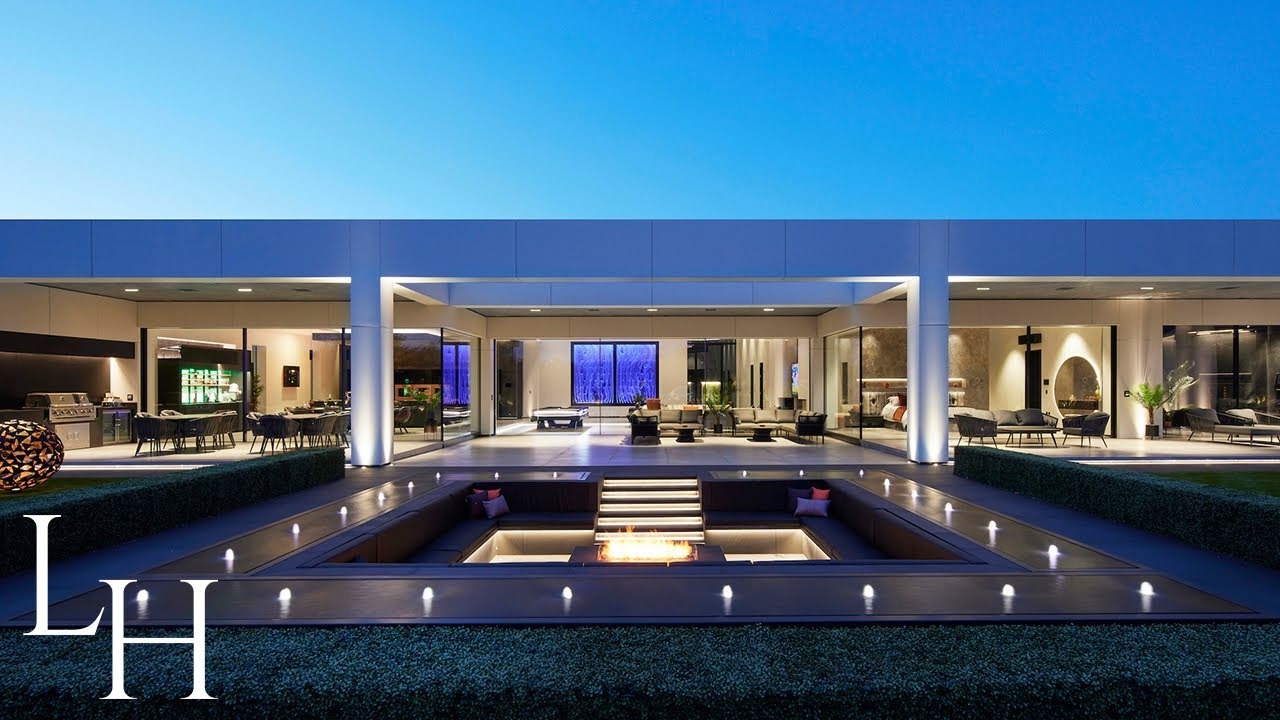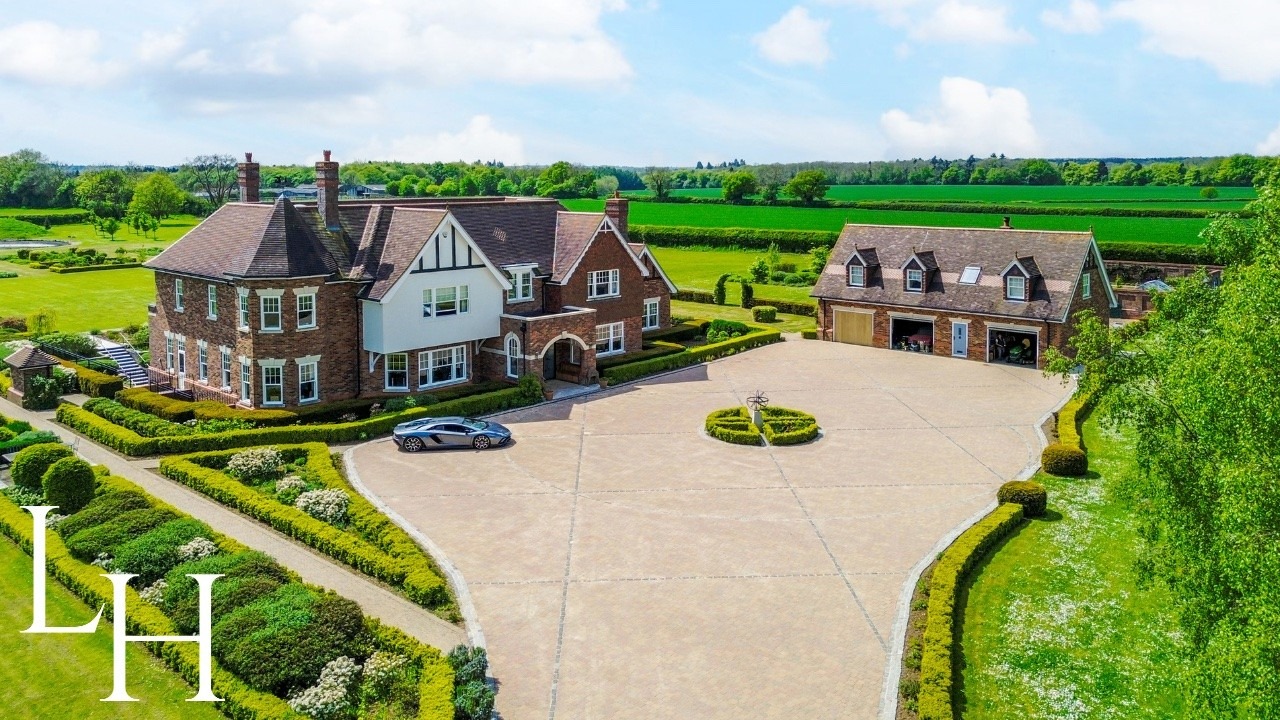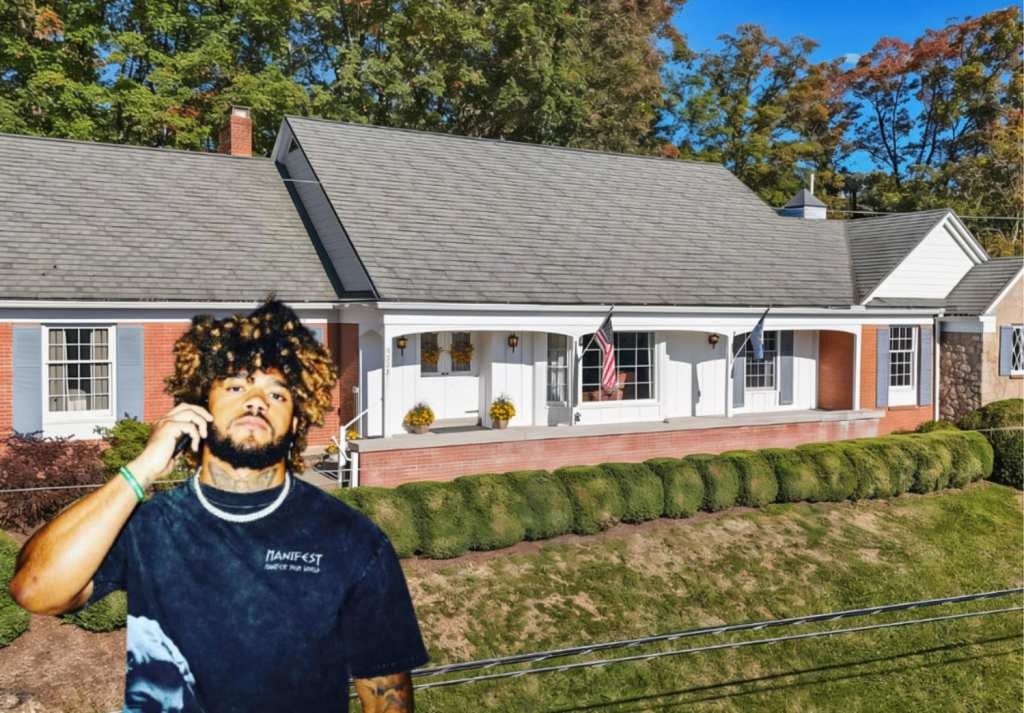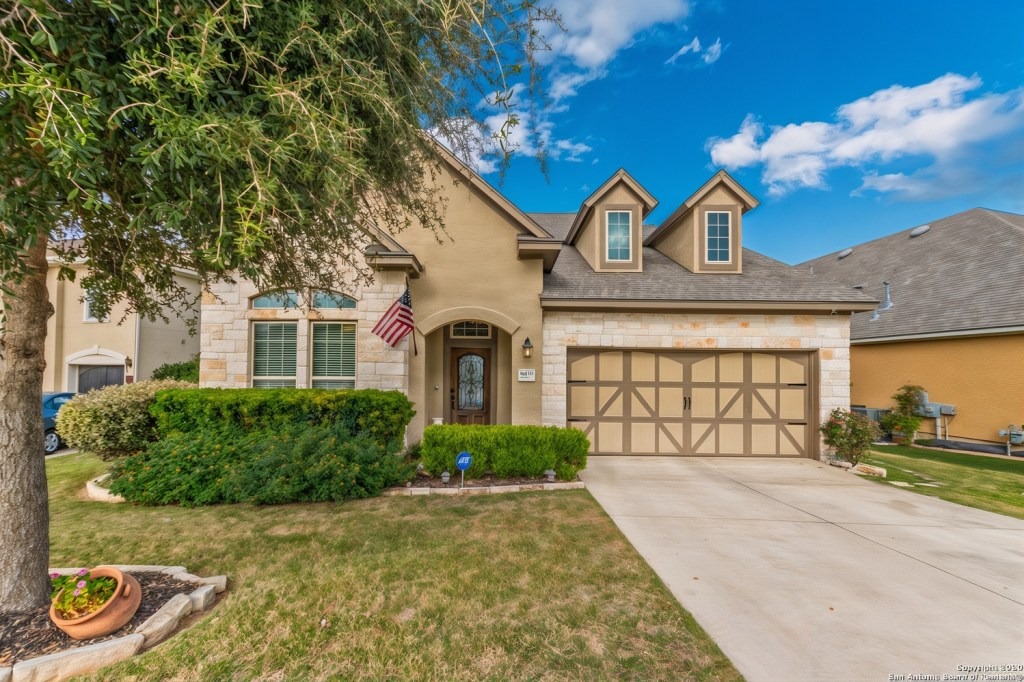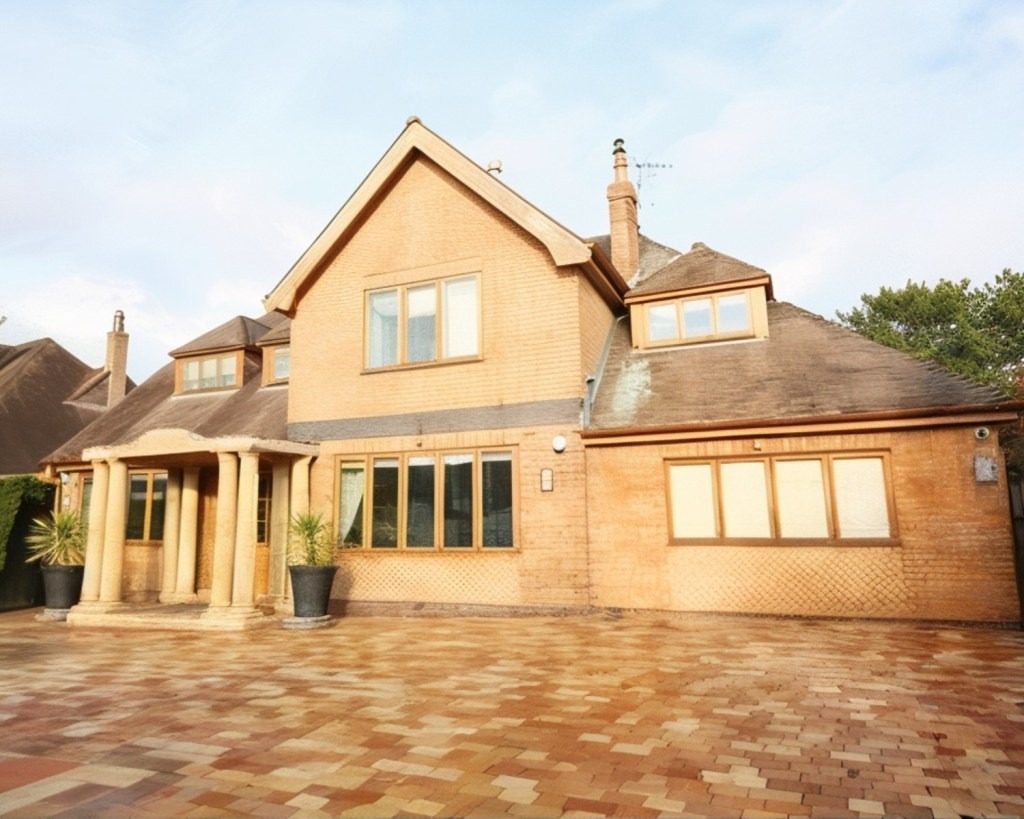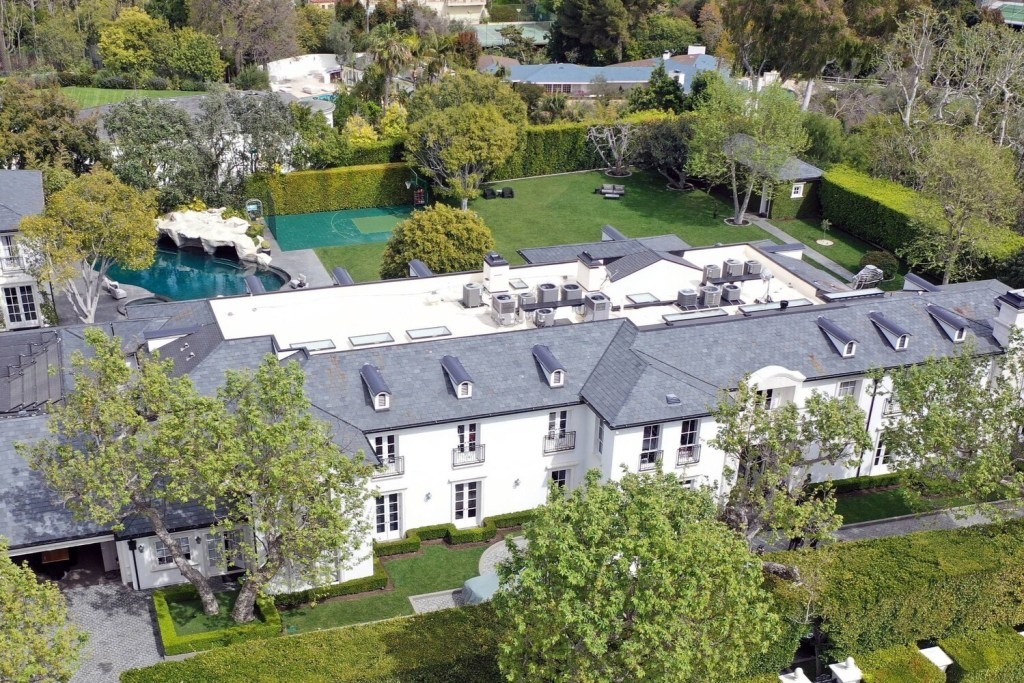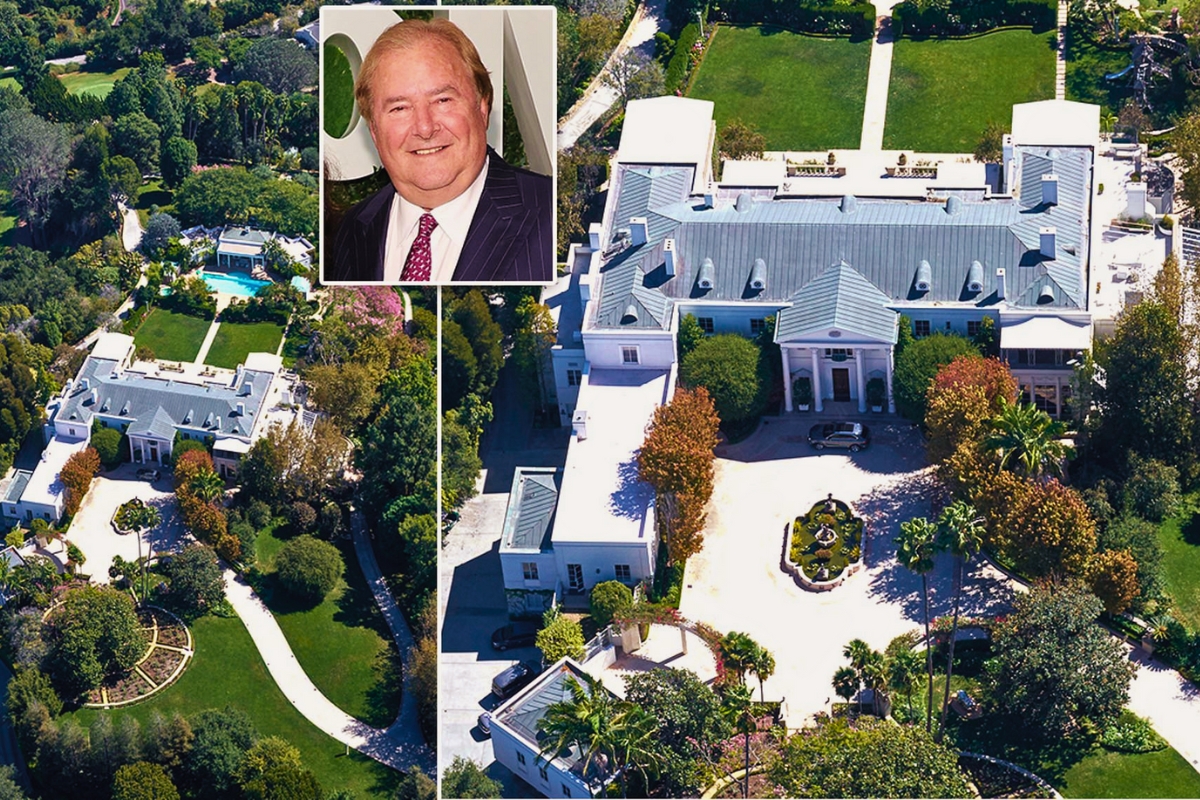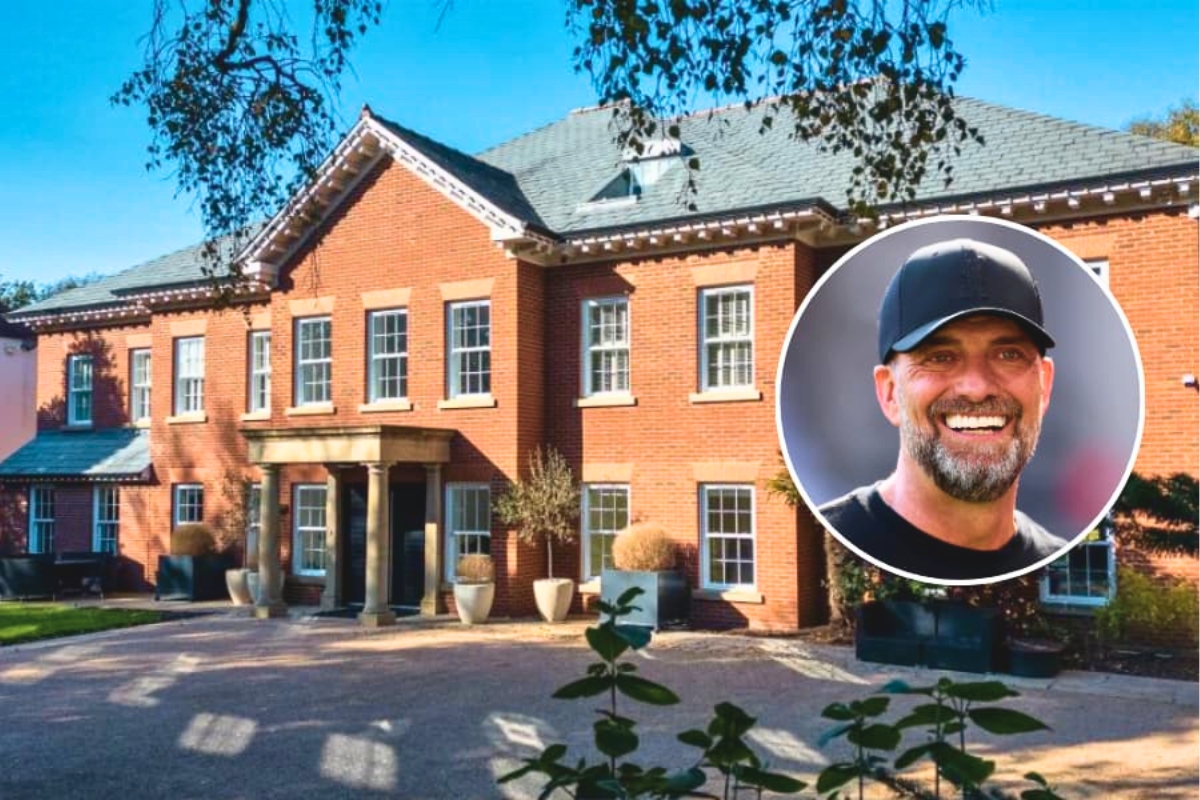Tim Burton used the luxury home as his creative studio during the filming of Dumbo
:max_bytes(150000):strip_icc():focal(2531249x362437:2531251x362439):format(webp)/tim-burton-house-1500-1-f854acdbd6aa433cb54654978aa8f539.jpg)
Tim Burton is famous for his quirky genius – and the same applies to his former London home, which has been put on the market for $27 million.
The Edward Scissorhands director lived in the Art Deco-inspired Eglon House in the upmarket Primrose Hill neighborhood of the British capital from 2016-2019 and used its 13,000 square feet of live/work accommodation to create the live-action remake of the Disney classic Dumbo.
Built in 2016, the home features five bedrooms, a swimming pool (which doubles as a cinema room), a sauna and steam room, orangery, walk-in wardrobes, a gym, dramatic floor-to-ceiling bronze windows, and a purpose-built cocktail bar. Its principal bedroom suite also measures a massive 2,000 square feet.
:max_bytes(150000):strip_icc():focal(749x0:751x2):format(webp)/tim-burton-house-3-1-1fdec10728cc4cc4b3763aaf872c80c7.jpg)
:max_bytes(150000):strip_icc():focal(749x0:751x2):format(webp)/tim-burton-house-7-1-962a738d915a4fc5a34bb91b35f59581.jpg)
:max_bytes(150000):strip_icc():focal(749x0:751x2):format(webp)/tim-burton-house-4-1-7318092fa7bd45499012fc6715c2432f.jpg)
“Elgon House is a unique home without a parallel in London,” says Mark Pollack, co-founder of listing agents Aston Chase. “Secreted away at the foot of a peaceful mews, located in the very heart of Primrose Hill, the property is ideal for the growing number of super-prime buyers who favor maintaining a low profile.”
Elgon House itself actually consists of two interlinked buildings which sit opposite one another across a central garden courtyard. During the making of Dumbo, Burton – whose Addams Family Netflix series is now official – used the east wing of the house as his creative studio and the west wing to provide accommodation for executives and other movie staffers.
:max_bytes(150000):strip_icc():focal(749x0:751x2):format(webp)/tim-burton-house-8-1-10e51e65ed18407081a286ccc3170d34.jpg)
:max_bytes(150000):strip_icc():focal(749x0:751x2):format(webp)/tim-burton-house-6-1-54ac684e40114162aca9b925852a811d.jpg)
:max_bytes(150000):strip_icc():focal(749x0:751x2):format(webp)/tim-burton-house-9-1-5414a4efc9de4cc0b924a76c4552d026.jpg)
An elevator connects the two residences on all floors, however, making it easy to go to work and back home again.
The site of Eglon House also has a fascinating history. Originally built as stables and barns for dairy cows, it was converted into the Mayfair Recording Studios in the 1970s and hosted music legends including David Bowie, The Clash, Tina Turner, and Pink Floyd among others.
:max_bytes(150000):strip_icc():focal(749x0:751x2):format(webp)/tim-burton-house-2-1-5dd02895b7c44b61953a8e06b9e18be1.jpg)
:max_bytes(150000):strip_icc():focal(749x0:751x2):format(webp)/tim-burton-house-5-1-83138a7a02ac4c5f879d4ee17b55d6fb.jpg)
After six years of design and construction, Eglon House was completed on the site in 2016 with its design inspired by Pierre Chareau’s Maison de Verre (‘House of Glass’) in Paris. It is just a short walk from the open spaces of Primrose Hill, which provides dramatic views of the London skyline – and also happens to be where the dairy cows grazed until the 1950s.
“I love the house because it finds the ideal balance and fluidity for living and working environments that weave in and out of one another,” says Russell Sage, founder of house designers Russell Sage Studio. “(This is) so much more important in the world we now find ourselves.”

